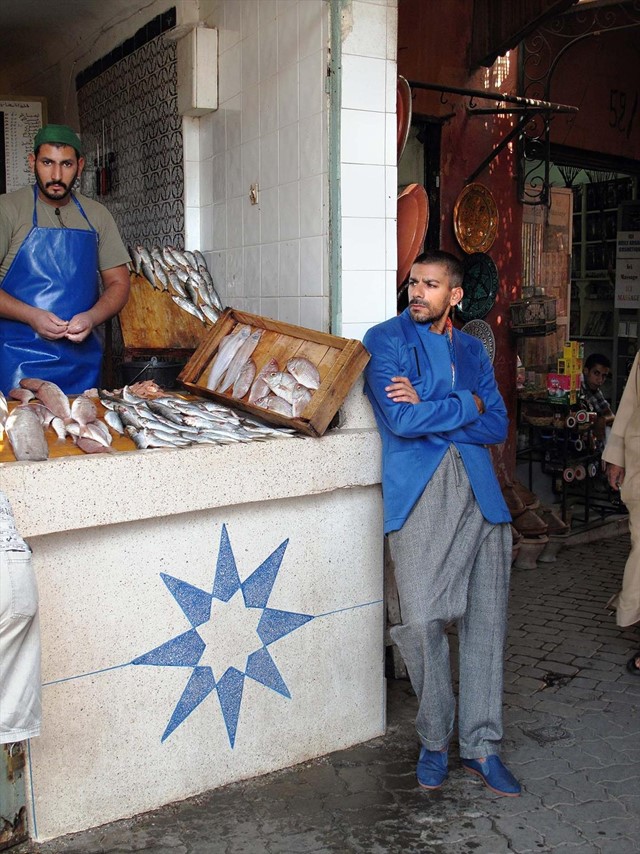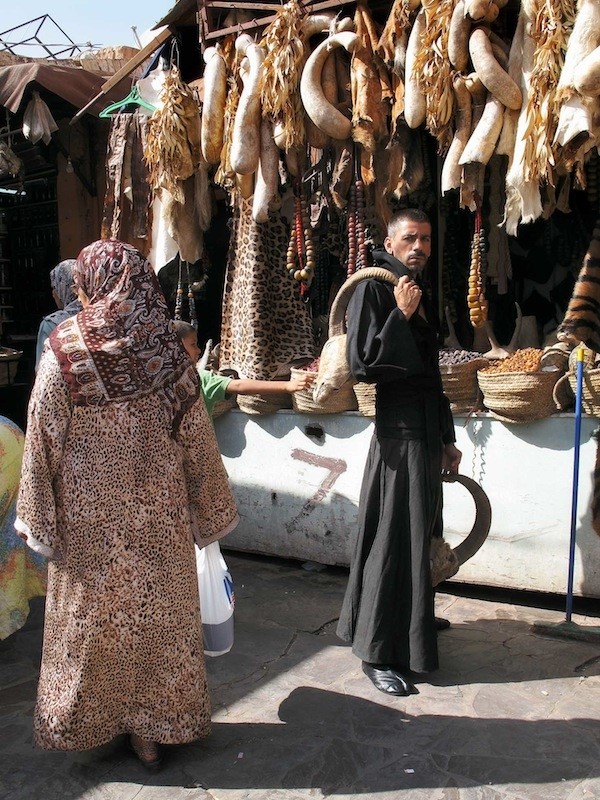We look at the 8th annual fashion week in Tunis
Tunisia is a melting pot of cultures and identities. With a long history of invaders – from the Romans to the Ottoman Empire to the French – this North African country sits at the crossroads between East and West, and it is in this liminal space that Fashion Week Tunis operates.
The 8th edition of the yearly event was recently held at venues across the city, including the beautiful Cathedral Saint-Louis of Carthage, and an outdoor runway overlooking the sea outside the Ennejma Ezzahra, the stunning former home of the Baron d’Erlanger. The week-long festival attracted media from Paris, London, and as far away as Brazil, and saw not only runway shows but also collaborations between artists, musicians and designers. ‘Spring is Here to Stay’ was the title for the week, a reference both to the current season, and to the so-called Arab Spring uprisings that have taken place in Tunisia and in other parts of the Arab world over the last few years.
"The idea was to bring together local talents and invited designers in order to free Tunisian artists from their political isolation"
Wishing to create more connections between Tunisia and the global cultural industries, for the first time at FWT a creative director from outside the country was brought in, celebrated journalist Elisabeta Tudor, who travelled from Paris to work with a local team. In addition, well-known Tunisian designers such as Salah Barka were featured alongside designers including Vienna-based Nedra Chachoua, who showed her womenswear collection, and Casablanca-based Amine Bendriouich, who collaborated with Moroccan-born, London-based artist Hassan Hajjaj to create a series of brightly printed, limited-edition men’s jackets. Bruno Pieters also joined from Antwerp to present a film he had made with Diane Pernet, and contemporary art space, Galerie El Marsa, showed an exhibition of sartorial collaborations between designer Marios Schwab and calligraphy artist Nja Mahdaoui, which was accompanied by a display of dramatic rings and cuffs by Rome-based jewellery designer Bernard Delettrez.

For many, the effects of the revolution in Tunisia are yet to be measured, and opinions vary on what can be expected in the years ahead in terms of freedom and democracy. Some say the post-revolution country is less restrictive, while others believe the crisis in power has created a space for conservative Islam to thrive. Overall, Tudor explains, there is a frustration amongst artists and designers in Tunisia regarding the media’s misrepresentations of their country, and an outward-facing Fashion Week is an effort to combat this. “It's a pity that the only thing people talk about when they refer to Tunisia is either Salafism or post-Revolution,” she says. “The idea was to bring together local talents and invited designers in order to free Tunisian artists from their political isolation, to give them a platform to exhibit their work and to create a dialogue between local and international artists. I wanted to have this cultural exchange in order to show that Tunisia is a country full of talented and open-minded artists who deserve national and international attention. The media should help them to move forward.”
Text by Ananda Pellerin
Ananda Pellerin is a London-based writer and regular contributor to anothermag.com.
